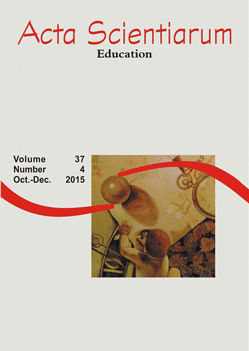<b>Inquisition and inquisitors in reports of <i>exempla</i> (12th-14th centuries)
Abstract
The compilers of exempla had their attention caught by an old heresy: Arianism, which could be the model of a powerful heresy overcome by the Church long before the Inquisition. The Inquisition appears in collections of exempla in different stages of its development. It is under the responsibility of bishops in reports of exempla citerciens that evoke several characterized cases of heresy and that create a first synthetic report on the Cathars (written by Caesarius of Heisterbach). Then, mendicant collections, especially that by Etienne de Bourbon, the Traité des diverses matières à prêcher [Treaty on several subjects to preach), allow seeing how a Dominican surrenders to his role of inquisitor whose energy no longer covers only heresies but also all ‘superstitions’. Lastly, a late collection in vernacular language, the Ci nous dit, suggests that the inquisition had lost its currentness and somehow been trivialized.
Downloads

This work is licensed under a Creative Commons Attribution 4.0 International License.
DECLARATION OF ORIGINALITY AND COPYRIGHTS
I declare that this article is original and has not been submitted for publication in any other national or international journal, either in part or in its entirety.
The copyright belongs exclusively to the authors. The licensing rights used by the journal are the Creative Commons Attribution 4.0 (CC BY 4.0) license: sharing (copying and distributing the material in any medium or format) and adaptation (remixing, transforming, and building upon the material thus licensed for any purpose, including commercial purposes) are permitted.
It is recommended that you read this link for more information on the subject: providing credits and references correctly, among other crucial details for the proper use of the licensed material.














































